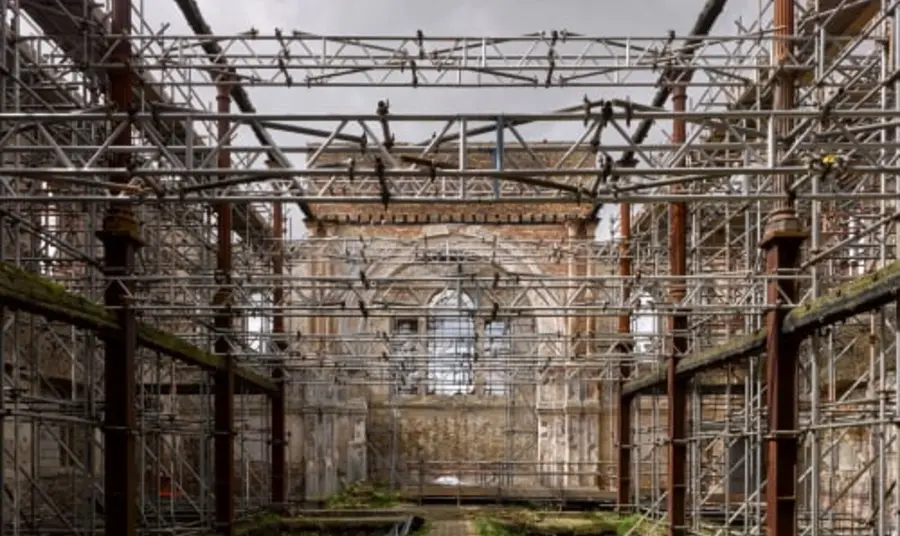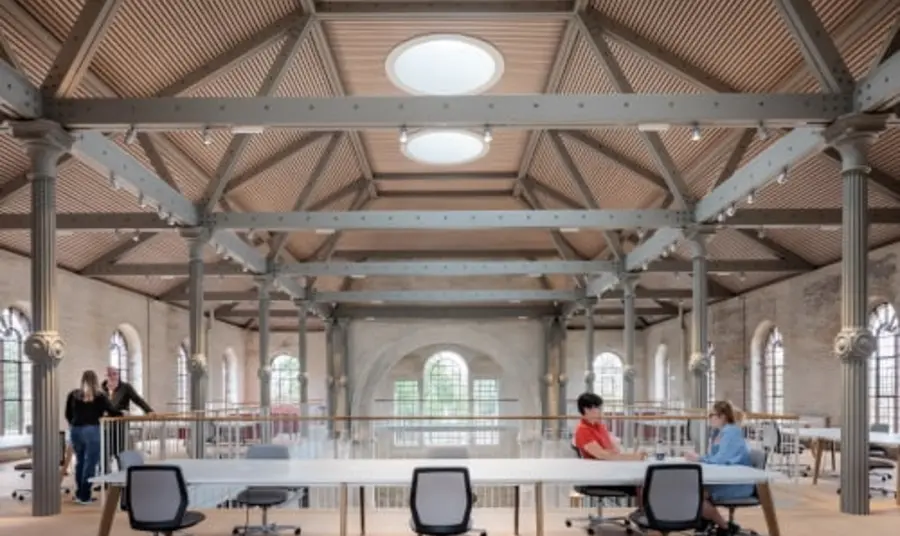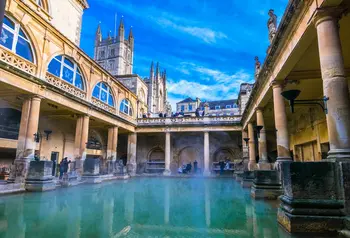National Lottery support saving at-risk heritage sites for 25 years

The annual Heritage at Risk Register highlights England’s most valued heritage sites at risk of being lost due to neglect, decay or inappropriate development. 159 sites have been added to the Register this year.
However, there is a silver lining to the report’s publication – it also highlights the historic sites that have been saved. Thanks to the intervention of local communities, charities, owners and councils, an incredible 203 sites have been taken off the list.
Saving heritage at risk so that it can be valued, cared for and sustained for everyone, now and in the future, is core to our purpose, and we’re incredibly proud to have been able to support the important work to make this fantastic news possible.
Eilish McGuinness, Chief Executive at The National Lottery Heritage Fund
Saved thanks to National Lottery players
Our funding has been crucial in saving some of the historic sites removed from the 2023 register:
South Cliff Gardens, Scarborough
Overlooking the North Sea, Scarborough’s 200-year-old South Cliff Gardens are made up of a series of coastal paths and ornate gardens, as well as architectural spectacles, including shelters, summerhouses and the Holbeck Clock Tower. The Friends of South Cliff Gardens and Scarborough Borough Council (now North Yorkshire Council)’s extensive restoration project saw the Garden reopen in May.
Sheerness Dockyard Church, Isle of Sheppey, Kent
Twenty-two years after it was gutted by fire, the burned-out former church rose from the ashes, transformed by the Sheerness Dockyard Preservation Trust into a new enterprise centre and cultural hub for the Isle of Sheppey. The work included dismantling and carefully reconstructing the entire clocktower.

Sheerness Dockyard: before. Image: James Brittain.

Sheerness Dockyard: after. Image: Dirk Linder.
Bourn Windmill, Cambridgeshire
One of the oldest windmills in England – whose main post is made from a tree felled between 1513 and 1549 – was at risk of collapse. But thanks to the hard work of volunteers and local people, urgent repair and conservation works has saved this landmark. The restoration project has brought the mill back to life, and it is welcoming visitors once more.
Tolpuddle Old Chapel, Dorset
The Old Chapel, built in 1818, is famous as the place of worship for four of the six Tolpuddle Martyrs. The building was used as a chapel until at least 1843, before being converted for agricultural use. It was acquired in 2015 by the Tolpuddle Old Chapel Trust, which has now secured its future.
Heritage for everyone, now and in the future
Eilish McGuinness, Chief Executive at The National Lottery Heritage Fund, said: “It is so heartening to see a number of significant heritage sites removed from the Heritage at Risk Register, and given a new lease of life as part of their local communities and places.
“Saving heritage at risk so that it can be valued, cared for and sustained for everyone, now and in the future, is core to our purpose, and we’re incredibly proud to have been able to support the important work to make this fantastic news possible.”
Our support for historic buildings and monuments
Thanks to National Lottery players, since 1994 we have awarded over £2.8billion to more than 6,800 historic building, monument and area projects across the UK. As well as safeguarding places for future generations, these projects support employment and economic growth and can foster a sense of pride in the community.




